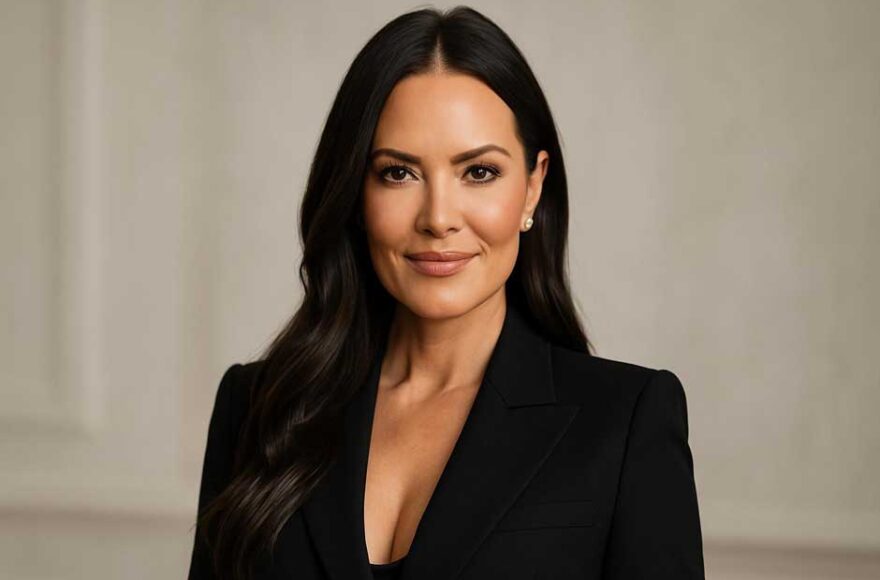Neil Sedaka Net Worth: The Legendary Singer’s Fortune and Career Success

When you think about enduring success in American pop music, Neil Sedaka’s name inevitably comes up. This Brooklyn-born entertainer has been making music for over six decades, and his bank account certainly reflects that longevity. The singer, songwriter, and pianist didn’t just build a career – he built a financial empire that continues growing even as he approaches his mid-eighties.
What makes Sedaka’s wealth particularly fascinating is how it spans multiple income streams. Sure, he’s sold millions of records, but that’s just the beginning. His songwriting royalties alone have generated enough money to make most people’s heads spin. And unlike many artists who peak early and fade away, Sedaka has managed to stay relevant and profitable across multiple generations of music fans.
Neil Sedaka Net Worth Overview
Pinning down exactly how much Neil Sedaka is worth turns out to be trickier than you might expect. Different financial websites throw around wildly different numbers, and there’s actually a good reason for that. Celebrity Net Worth, which tends to be conservative with their estimates, puts his fortune at $100 million. That’s already an impressive sum, but other sources think they’re lowballing it significantly.
TheRichest bumps that figure up to $300 million, while Alux Resource goes even higher with a $370 million estimate. They also suggest he’s pulling in around $70 million annually, which would make him one of the highest-earning musicians of his generation. The huge variation in these numbers isn’t because anyone’s being sloppy with their math – it’s because valuing a music catalog is incredibly complex.
Think about it this way: Sedaka has written over 500 songs, many of which still get played on radio stations, streaming services, and in movies decades after they were written. Every time someone plays “Breaking Up Is Hard to Do” on Spotify, he gets paid. Every time a TV show uses “Calendar Girl” in a scene, there’s another check. These royalty streams can be worth tens of millions, but their exact value depends on factors that change constantly.
Early Life and Musical Beginnings
Neil Sedaka’s story starts in Brighton Beach, Brooklyn, where he was born on March 13, 1939. His dad, Mac, drove a taxi for a living, while his mom Eleanor had bigger dreams for her musically gifted son. When Neil’s second-grade teacher noticed his talent and suggested piano lessons, Eleanor didn’t hesitate – she took on extra work at a department store to pay for them.
That sacrifice paid off in ways Eleanor probably never imagined. By 1947, eight-year-old Neil had earned a scholarship to Juilliard’s Preparatory Division for Children. Every Saturday, he’d head into Manhattan to study classical piano with some of the best instructors in the country. His mother was hoping he’d become the next Van Cliburn, but Neil had other ideas brewing.
The moment that changed everything happened when Neil was just 13. A neighbor heard him playing piano and thought he should meet her teenage son, Howard Greenfield, who was trying to make it as a lyricist. That introduction sparked one of the most successful songwriting partnerships in pop music history. Together, they’d eventually become fixtures at the legendary Brill Building, where so many classic American songs were born.
Rise to Fame in the Late 1950s and 1960s
After high school, Sedaka tried the band route first, forming the Linc-Tones with some classmates. They had a few regional hits, but Neil’s ambitions were bigger than what a group could offer. In 1957, he went solo, and while his first few singles didn’t exactly set the world on fire, they showed enough promise to catch RCA Victor’s attention.
“The Diary” changed everything in 1958. The song climbed to number 14 on the Billboard Hot 100, proving that Neil Sedaka the solo artist was here to stay. But it was “Oh! Carol” the following year that really announced his arrival. Inspired by his high school girlfriend Carole King (yes, that Carole King), the song hit number 9 and established him as a major player in the pop music world.
The early 1960s were absolutely golden for Sedaka. “Calendar Girl” became a number 4 hit in 1961, and then came his signature song, “Breaking Up Is Hard to Do,” which spent two weeks at number 1 in 1962. Each of these hits wasn’t just a moment of glory – they were investments in his future. The royalties from these songs are still paying dividends today, more than 60 years later.
Career Revival and Continued Success
Like many American artists, Sedaka got caught in the crossfire when the Beatles and the British Invasion took over American radio in the mid-1960s. Instead of fighting a losing battle, he made a smart business decision: he packed up his family and moved to England. British audiences still appreciated his style of pop music, and the move kept his career alive during a difficult period.
The real comeback story happened in the mid-1970s, thanks partly to his friendship with Elton John. John’s Rocket Record Company released “Sedaka’s Back,” and the album lived up to its name. Two songs from that period, “Laughter in the Rain” and “Bad Blood,” both hit number 1, proving that good songs never really go out of style.
What’s particularly impressive about Sedaka’s 1970s revival is how it extended beyond his own recordings. Captain & Tennille took his song “Love Will Keep Us Together” and turned it into the biggest-selling single of 1975. For Sedaka, that meant serious publishing royalties on top of his own recording success. It’s this kind of multiple-revenue-stream thinking that has kept his net worth growing for decades.
Songwriting Legacy and Royalties
Here’s where things get really interesting from a financial perspective. While Sedaka’s performing career has had its ups and downs, his songwriting has been a consistent money-maker for over 60 years. With more than 500 compositions to his credit, he’s created what amounts to a royalty-generating machine that works around the clock.
The Brill Building era established Sedaka as one of the premier pop songwriters of his generation. Working primarily with Howard Greenfield, he crafted songs that didn’t just become hits – they became standards. “Stupid Cupid” for Connie Francis, “(Is This the Way to) Amarillo” for Tony Christie, and dozens of others continue earning performance royalties every single day.
What makes songwriting royalties so valuable is their predictability and longevity. While touring income can vary based on health, public interest, and market conditions, a good song keeps paying forever. Every radio play, every streaming listen, every cover version by another artist generates income. For someone with Sedaka’s catalog, that adds up to serious money year after year.
Multiple Income Streams
Smart entertainers don’t put all their eggs in one basket, and Sedaka has always understood this principle. Even well into his eighties, he’s maintained an active touring schedule, particularly in international markets where his music has remained popular. Australia and the UK have been especially lucrative markets throughout different phases of his career.
The digital revolution has actually been kind to veteran artists like Sedaka. Streaming services have introduced his music to entirely new generations of fans, and playlist placements can generate significant royalty income. His 25+ studio albums continue finding new listeners through algorithmic recommendations and curated playlists focused on classic pop music.
Sedaka has also embraced new revenue opportunities that didn’t exist earlier in his career. His monthly Sirius XM radio show “In The Key of Neil” launched in 2019, providing both income and a platform to stay connected with fans. During the COVID-19 pandemic, he adapted quickly to digital platforms, performing mini-concerts on social media and eventually joining Cameo to offer personalized video messages to fans.
Awards and Recognition
Industry recognition isn’t just about ego – it’s about maintaining commercial value and marketability. Sedaka’s induction into the Songwriters Hall of Fame in 1983 wasn’t just an honor; it was a stamp of approval that helps justify higher licensing fees and keeps his catalog valuable to music supervisors and other industry professionals.
His Hollywood Walk of Fame star from 1978 serves a similar purpose, helping maintain his public profile across generations. These kinds of accolades create a halo effect that benefits everything from touring revenue to merchandise sales. His five Grammy nominations, spanning from 1959 to 1976, further cement his status as a significant figure in American music.
More recent honors, like his induction into the Long Island Music Hall of Fame in 2006 and the Art Gilmore Career Achievement Award in 2013, help keep his name in circulation and remind industry professionals of his continued relevance. In the entertainment business, staying visible and respected directly translates to financial opportunities.
Personal Life and Current Activities
One factor that’s often overlooked in celebrity wealth discussions is personal stability, and Sedaka has had that in spades. His marriage to Leba Strassberg in 1962 has lasted over 60 years, providing the kind of stable foundation that allows for smart long-term financial planning. Divorce can be financially devastating for entertainers, but Sedaka has avoided that particular pitfall.
Both of his children, Dara and Marc, have pursued careers in entertainment, with Dara even collaborating with her father on the 1980 hit “Should’ve Never Let You Go.” This kind of family involvement in the business can help preserve and extend the value of an artist’s legacy and catalog.
Even at 86, Sedaka continues to actively manage his career and look for new opportunities. His quick adaptation to social media during the pandemic showed he’s not content to rest on his laurels. Whether his net worth is closer to $100 million or $370 million, one thing is clear: Neil Sedaka built his fortune through talent, smart business decisions, and an impressive ability to adapt to changing times. In an industry known for brief careers and financial instability, his sustained success stands as a masterclass in building lasting wealth through music.


